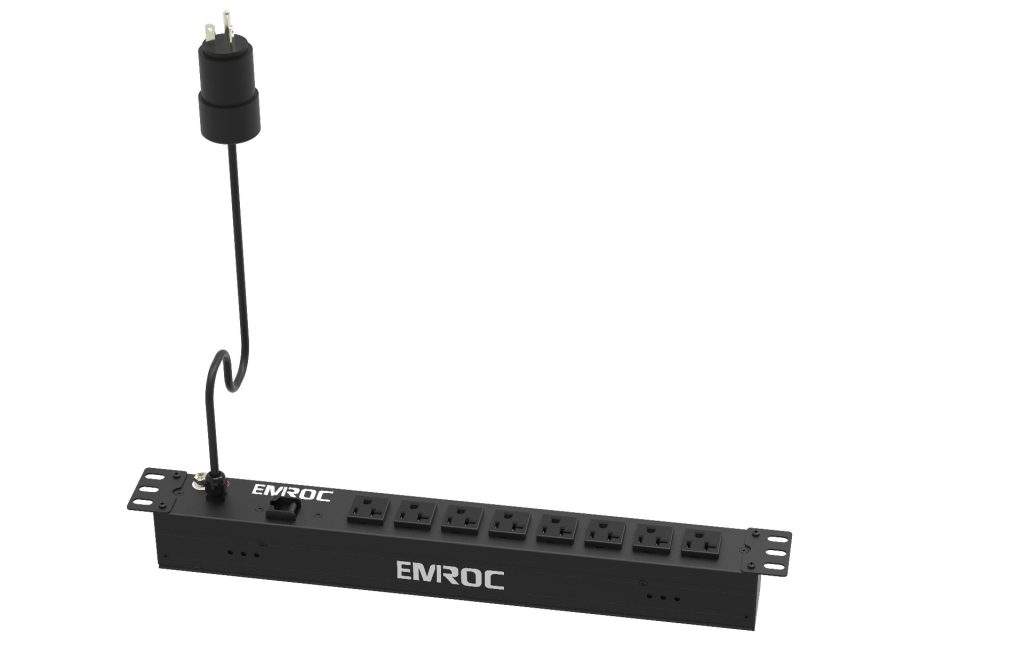In the ever-evolving landscape of technology, the reliability and efficiency of power distribution are paramount. Enter the Power Distribution Unit (PDU), a critical component of any data center, server room, or industrial facility. This unassuming device plays a pivotal role in ensuring uninterrupted power supply to various critical equipment, making it an unsung hero of modern infrastructure.

Understanding Power Distribution Units (PDUs) Power Distribution Units, commonly referred to as PDUs, are devices designed to distribute electrical power to multiple pieces of equipment or devices from a single power source. They come in various sizes, configurations, and capabilities to meet the specific needs of different applications. Key Functions of PDUs Power Distribution:The primary function of a PDU is to distribute electrical power to connected devices. PDUs come in various formats, including basic, metered, monitored, switched, and intelligent, each offering different levels of control and monitoring. Surge Protection:Many PDUs are equipped with surge protection mechanisms to safeguard connected equipment from voltage spikes or surges, ensuring their longevity and performance. Remote Monitoring and Management:Advanced PDUs can be remotely monitored and managed through network interfaces. This feature enables administrators to monitor power consumption, control individual outlets, and receive alerts in real-time, enhancing the overall efficiency and reliability of the power infrastructure. Load Balancing:PDUs with load balancing capabilities help distribute power evenly among connected devices, preventing overloads and reducing the risk of downtime due to power-related issues. Environmental Monitoring:Some PDUs are equipped with environmental sensors to monitor temperature, humidity, and other environmental factors, helping to maintain optimal conditions for sensitive equipment. Applications of PDUs PDUs find applications across a wide range of industries and settings: Data Centers:In data centers, where uptime is critical, redundant and intelligent PDUs are essential to ensure that servers and networking equipment receive continuous power, minimizing the risk of downtime. Server Rooms:Smaller-scale IT environments also benefit from PDUs, which help manage power distribution efficiently and provide critical power data for capacity planning. Industrial Facilities:In manufacturing and industrial settings, PDUs are used to power a variety of equipment, from conveyor systems to robotic machinery, ensuring production lines operate smoothly. Healthcare:Hospitals and healthcare facilities rely on PDUs to provide power to medical equipment and ensure patient care remains uninterrupted. Telecommunications:PDUs are integral to the functioning of telecom networks, where they support critical equipment such as switches, routers, and base stations. Choosing the Right PDU Selecting the right PDU for your needs involves considering factors like the type and number of outlets required, the power capacity, monitoring capabilities, and redundancy options. It’s crucial to assess your current and future power distribution requirements to make an informed decision. Conclusion Power Distribution Units, often overlooked but indispensable, play a crucial role in modern technology infrastructure. From ensuring the uninterrupted operation of data centers to supporting essential equipment in industrial settings, PDUs are the silent guardians of our connected world. As technology continues to advance, the importance of reliable power distribution through PDUs becomes increasingly evident. Investing in the right PDUs tailored to your specific needs is a wise choice for anyone looking to maintain the highest standards of efficiency and reliability in their infrastructure.